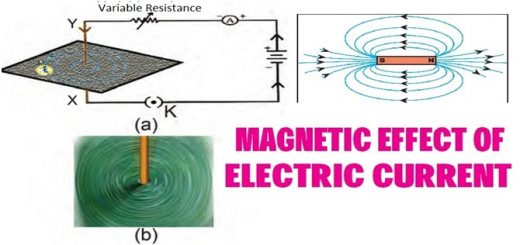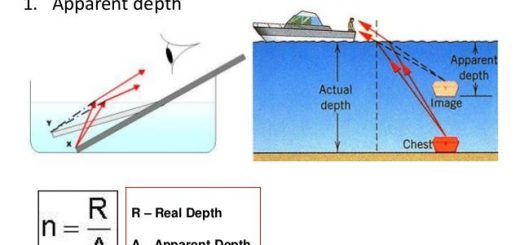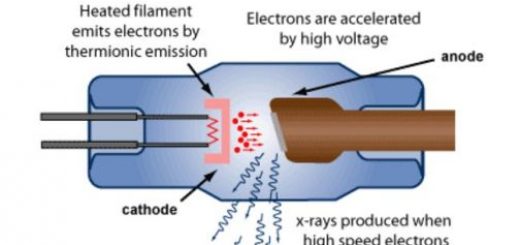Types of motion, Relative motion, Applications of Mechanical waves and Electromagnetic waves
X-rays are used in photographing bones because they detect the bone fractures. Gamma rays have medical purposes because they are used to treat and discover some swellings (tumors). Exposing dental treatment tools for ultraviolet rays before reuse to be sterilized before reuse. Infrared rays are used in cooking because they have a heat effect property.
Motion
Motion is a change in the position of an object over time relative to a reference point. Motion happens all around us. Every day, we see objects such as cars and motorbikes move in different directions at different speeds. When the object’s position changes as time passes according to the position of another object, we can say that the object is in a state of motion.
Speed is the distance covered by an object in a unit time. The measuring unit of speed is m/sec. The measuring unit of distance is metre (m). When the speed of an object is 20 m/sec, this means that the object covers a distance of 20 m in one second.
Relative motion concept
Relative motion is the change in an object’s position or direction as time passes relative to another object or fixed point known as a frame of reference. The reference point is a fixed point used to determine the object’s position or to describe its movement.
The movement of trees and buildings related to a person in a moving car is considered a relative motion because the trees and buildings appear moving by the same speed of the car but in the opposite direction.
Applications on relative motion in our life
- If you are in a moving car and another car moves beside you in the same direction at the same speed, you will imagine that the two cars stop moving and no motion will be observed.
- If your car moves beside a stopping car or your car moves at a higher speed and in the same direction of another car, you will imagine that the other car goes backward (moves in the opposite direction).
- If you are in a stopping car and another car moves forward beside you, you will imagine that your car moves backward.
- If your car moves in the opposite direction to another car that moves at a low speed, you will imagine that the other car moves at a high speed.
Types of motion
The motion of objects is divided into two types which are Transitional motion and Periodic motion. Transitional motion is the motion in which the object’s position is changed relative to a fixed point (or a fixed frame of reference) from time to time between initial and final positions. Examples: a person motion, a bicycle motion and a train (or car) motion.
Periodic motion is a motion that is regularly repeated at equal periods of time. Examples: A vibrating motion (as the motion of the simple pendulum), A circular motion ( as the Moon around the Earth), and a wave motion ( as the motion of water waves [produced after throwing a stone (or a cork piece) in water]. The movement of the fan arms is a circular periodic motion because it is regularly repeated in equal periods.
Transitional motion differs from periodic motion because the transitional motion has initial and final points and it doesn’t repeat its motion. The train motion is considered as transitional motion, while the pendulum’s motion is periodic motion because the train position is changed relative to a fixed point from time to time between initial and final positions, while pendulum’s motion is regularly repeated in equal periods.
Wave motion
The waves causing wave motion are divided into two types which are mechanical waves and electromagnetic waves. Mechanical waves are waves that need a medium to transfer through. They are produced due to the vibration of the medium particles. They don’t travel through free space (vacuum). Their speed is relatively low. such as sound waves and water waves. Sound and water waves are mechanical waves because they are produced due to the vibration of medium particles.
Electromagnetic waves are waves accompanied by electromagnetic forces and they don’t need a medium to travel through. They can spread in all media and free space. Their speed is extremely high equals 300 millions m/sec. Examples: Light waves, Microwaves, Radio waves, X-rays, Gamma rays, Ultraviolet and infrared rays (which are emitted from the Sun).
We receive sunlight and don’t hear the sound of solar explosions because the sunlight is electromagnetic waves, which can travel through free space, while the sound of solar explosions is mechanical waves, which can’t travel through space.
We see lightning before hearing thunder although they occur at the same time because the light of lightning is from electromagnetic waves, while the sound of thunder is from mechanical waves, where the speed of electromagnetic waves is much greater than the speed of mechanical waves.
Astronauts can’t hear each other voices directly in space because there is no medium for sound waves to travel through. Sound needs a medium to travel through, while light travels through space because the sound is from mechanical waves, while the light is from electromagnetic waves.
Technological applications of waves
Some technological applications of sound mechanical waves:
- Examining and curing equipment for the human body using sound waves (ultrasonic waves).
- Musical instruments: stringed musical instruments (contain strings) such as the violin, the lute and the guitar. Pneumatic musical instruments such as flute or reed pipe.
- Amplifiers and devices for distributing and controlling sound are used in broadcasting studios.
Some technological applications of electromagnetic waves:
- Ultraviolet (UV) rays are used to sterilize the sets of surgical operations rooms.
- X-rays are used in photographing bones to detect the sites of bone fractures, they are used in examining metal (mineral) raws in industry and showing errors, pores and crakes in these minerals, they are used in studying the inner structure of minerals crystals.
- Gamma rays are used in medical purposes as the treatment and discovering of some swellings (tumors).
- Visible (seen) light is used in photographic cameras, Television cameras and light shows (data show).
- Infrared (IR) rays are used in night vision systems used by modern military forces, they are used in remote sensing instrument to photographing the Earth’s surface using satellites and they are used in cooking food because these rays have heat effect property, they are used in making remote sets to control and operate electric sets (TV, DVD, air conditioner…..).
The ultraviolet rays, X-rays and gamma rays are used in medical purposes. Infrared rays and visible light are used in photography. Remote sets don’t need a medium to control operating the electrical appliances because remote sets work by infrared rays (electromagnetic waves) which can travel through space. X-rays are used in examining mineral raws in the industry to show errors, pores & cracks in these minerals.
Role of waves in transferring energy, Wave Motion, Transverse waves & Longitudinal waves
Laws of circular motion (Centripetal Acceleration, Tangential linear Velocity & Centripetal Force)
Mechanical waves and some technological applications of sound mechanical waves
Properties of Mechanical waves and Electromagnetic waves
Properties of electromagnetic waves and Light reflection













